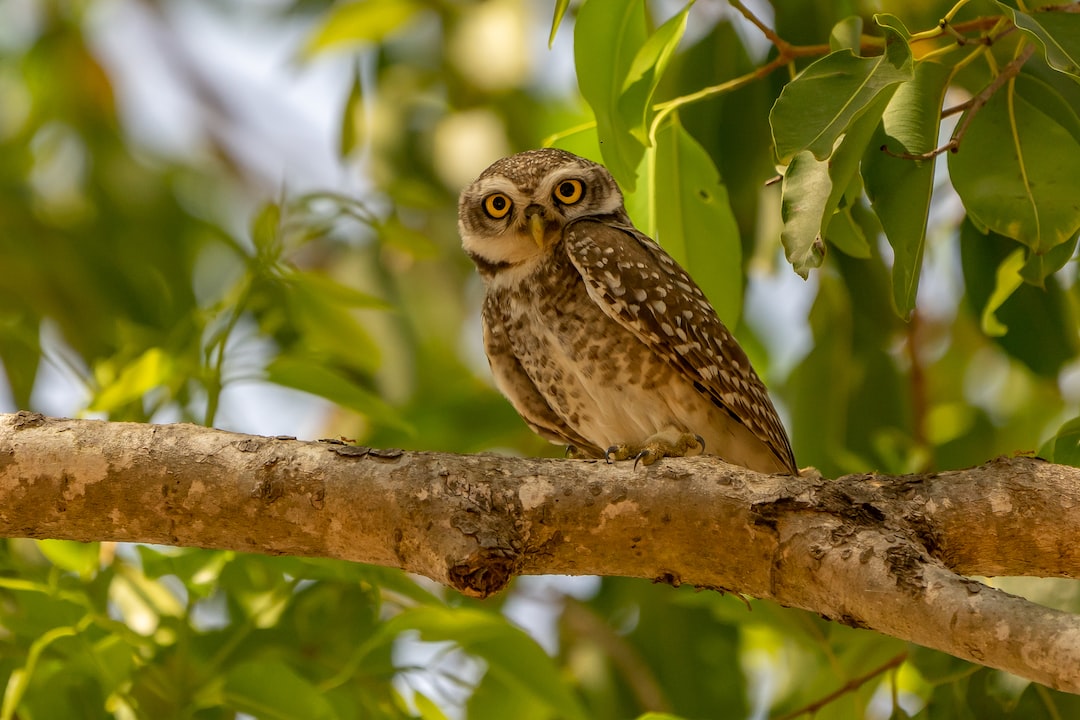The Mystical Creatures of Folklore: Legends and Stories from Around the World
Throughout history, mankind has been captivated by the mystique and allure of folklore and its mythical creatures. From the ancient tales of gods and goddesses to the modern legends of fantastical beings, these mythical creatures have transcended time and culture, leaving an indelible mark on our collective imagination. In this blog post, we will explore some of the most intriguing and enigmatic creatures of folklore from around the world.
Dragons, perhaps the most iconic and feared creatures of folklore, can be found in countless mythologies across various cultures. In Chinese folklore, dragons are considered divine creatures, embodying power, wisdom, and good fortune. They are often depicted with a long serpentine body, fierce claws, and fiery breath. In Western folklore, dragons are more commonly portrayed as wicked, fire-breathing beasts, feared by knights and villagers alike. Despite these differences, dragons symbolize the indomitable spirit and the primal forces of nature in both eastern and western mythology.
Moving from the skies to the depths of the oceans, the mermaid holds a special place in folklore, representing the enchantment and allure of the sea. Half-human and half-fish, mermaids have been the subject of many legends and tales of sailors and seafarers. In some cultures, they are seen as benevolent beings, granting wishes and guiding sailors to safety. In others, they are depicted as seductive and dangerous creatures, luring unsuspecting sailors to their doom. Regardless of the portrayal, mermaids evoke a sense of mystery and fascination that has captured our imaginations for centuries.
Centaur, a creature with the upper body of a human and the lower body of a horse, has its origins in Greek mythology. These half-human, half-horse beings were known for their exceptional strength and archery skills. In many legends, centaurs were seen as rowdy and wild creatures, engaging in revelry and often clashing with humans. This duality of nature, embodying both the untamed and civilized, makes centaurs a fascinating and complex creature of folklore.
Among the creatures that bridge the gap between the mortal and divine realms, the phoenix stands out with its symbol of immortality and rebirth. In various mythologies, the phoenix is often depicted as a majestic bird with vibrant plumage, capable of burning itself and rising from its own ashes. It is a symbol of hope and renewal, signifying the cyclical nature of life and the triumph over adversity. From ancient Egypt to ancient China, the phoenix has left an indelible mark in the folklore of many cultures.
Moving to the realms of the supernatural, the vampire has long fascinated and terrified people around the world. With origins in ancient folklore, vampires are often depicted as undead creatures that sustain themselves by feeding on the life force or blood of the living. In Eastern European folklore, the most famous vampire is Count Dracula, a cruel and charismatic nobleman with supernatural abilities. Vampires have also found their place in modern popular culture, becoming the subject of countless books, movies, and TV shows that continue to captivate audiences today.
Lastly, we delve into the rich folklore of Native American cultures, which is filled with an array of mythical creatures. Among these is the Thunderbird, a creature typically depicted as a large bird with impressive wingspan and lightning-like powers. According to legends, the Thunderbird is associated with thunderstorms and is considered a symbol of power and protection. It is believed that the mere sight of the Thunderbird can instill both awe and fear in the hearts of those who witness it.
In conclusion, the mythical creatures of folklore have played a significant role in shaping human imagination and culture. From the majestic dragons to the alluring mermaids, these legendary beings transcend boundaries of time and geography, captivating us with their mystique and symbolism. Whether they evoke fear, admiration, or fascination, these creatures serve as reminders of the power of human imagination and our innate desire to explore the realms of the unknown. So, let us continue to indulge in the timeless tales that bring these mythical creatures to life and discover the magic that lies within the world of folklore.


